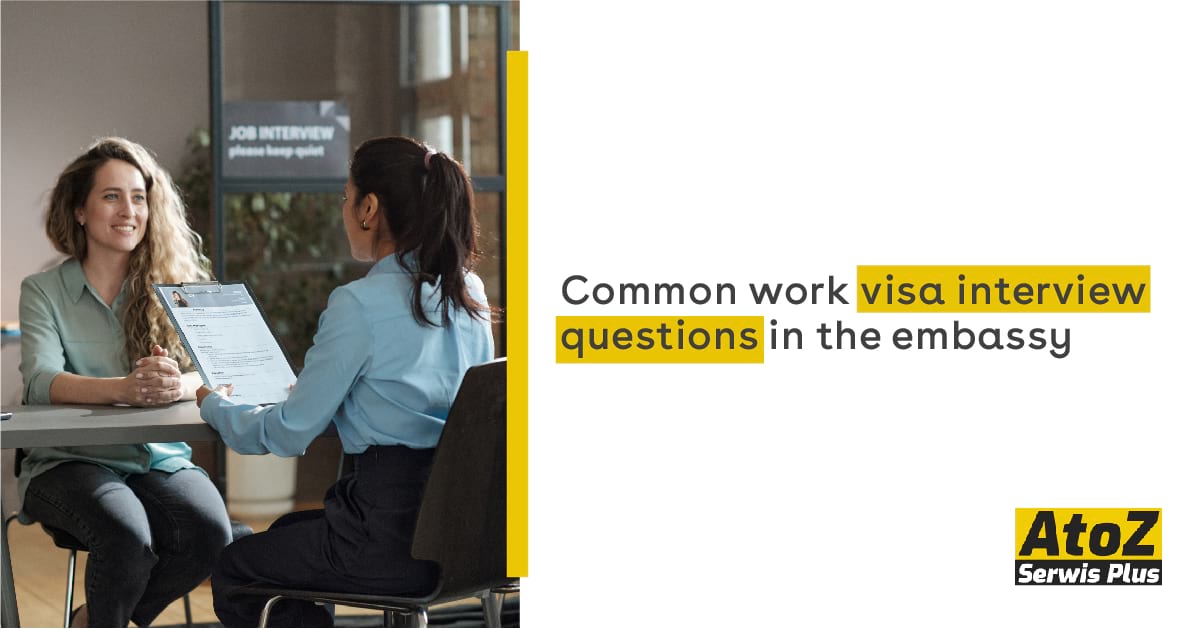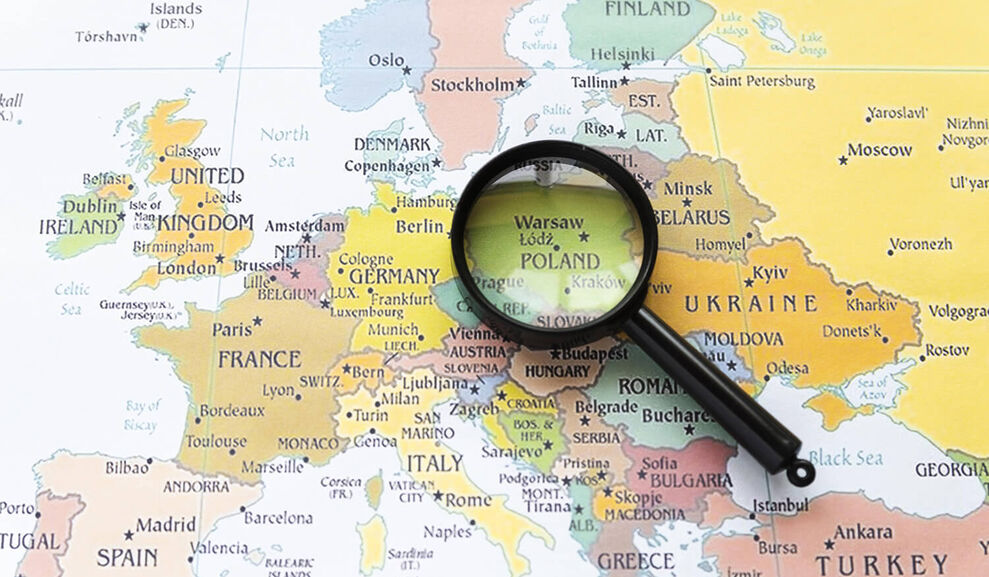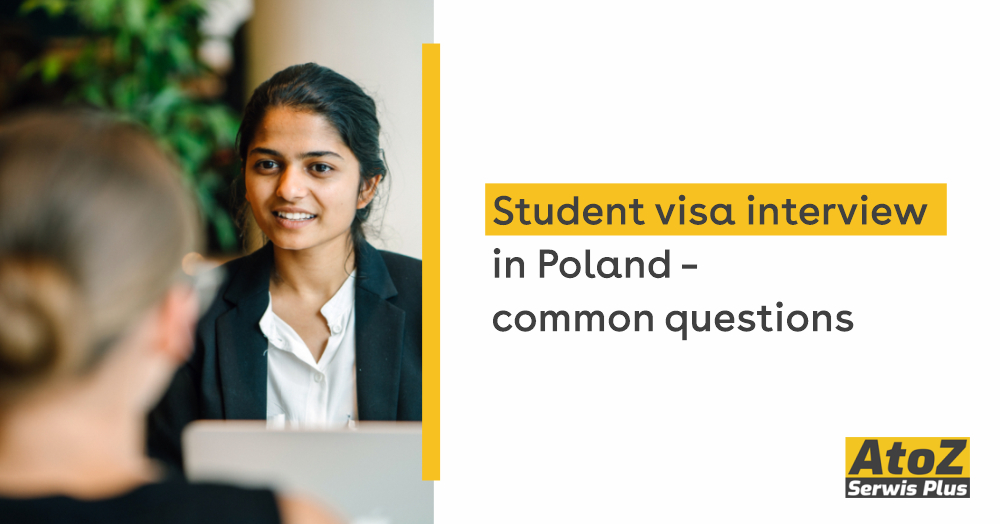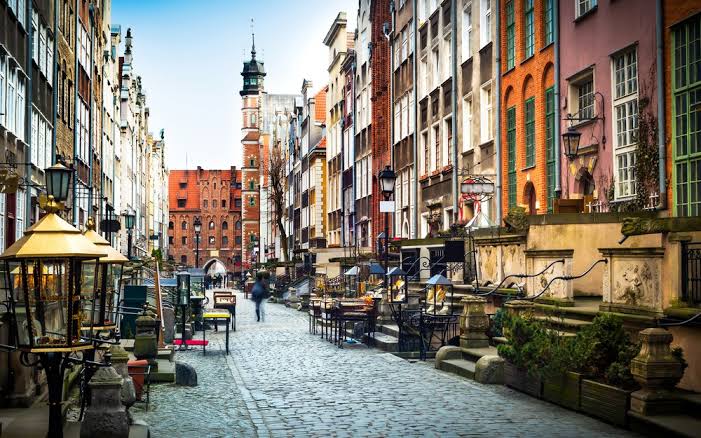

Hit the road, Jack! Getting driving licence in Poland
Poland’s excellent public transport does not mean that foreigners have to give up driving. If you cannot live without a car – you are about to find out the specifics of our roads and learn how to get a Polish driving licence!
Before hitting the road
Some basic information needs to be introduced to every foreigner moving to Poland. Poland uses the right-hand traffic, just like most European countries do. This rule of the road has been officially in use since 1920s and no other option is possible.
Another important thing to remember is that each country has a different driving etiquette. In general, Poland is known for a rather straightforward application of driving rules. Whatever is established by the law, should be implemented on the road. This applies to the use of seatbelts (they are always obligatory), strict drunk-driving law (the acceptable limit of blood alcohol content is 0.02%) and many speed restrictions (beware of radar traps and policemen hiding behind a corner).
Do I need a licence?
If you are an EU citizen – lucky you, you can drive using your own licence as long as it’s valid and not restricted in any way. Nevertheless, please bear in mind that after 180 days of residence in Poland you are obliged to exchange your driving licence for a Polish one, otherwise facing problems with car insurance. Your original document will be collected and sent back to your home country, but you will be able to retrieve it upon coming back.
People from outside the Eurozone can also use their licence provided it is accompanied by the International Driving Permit. This passport-like document has to be paired with your own driving licence and, as in the case of European documents, is valid only for 180 days. After this period foreigners residing in Poland need to either exchange their driving documents or…
Apply for a Polish licence
In order to do that, four conditions need to be fulfilled.
- You need to be a resident of Poland.
- You need to meet the age requirements for the category you want to obtain.
- You need to pass medical tests.
- You need to pass a theoretical and practical driving exam.
The first three points are easy to explain. First of all, as you already know, after 180 days of a legal stay in Poland you may be considered a resident of the country and your visa or residence permit is there to prove it. Secondly, each category is restricted for people of specific age. Currently it is 18 years old for the most popular B category (for cars), however ages vary for other permits. Another thing is passing medical tests – these usually include standard eyesight, hearing and balance tests. Bear in mind that these examinations cost PLN 200.
Theory and practice
Point no 4 from the list above involves dual examinations of theoretical and practical knowledge. Both tests are organised by local road traffic centres called WORD in Polish. Before attempting to pass them, new drivers are obliged to enrol for a driving course. There is a variety of driving schools in each city and even smaller towns, although exams are conducted only in those which host WORD facilities. Courses are paid (around PLN 1000, depending on a school) and include 30 hours of theoretical lectures and 30 hours of practising driving behind the wheel. There are even schools offering instructions in foreign languages, but it depends again on the city you want to learn in.
Don't know where to find your nearest WORD?
Take a look at the map!
The big day
You can take both exams on the same day or separately, whichever option suits you more. The theoretical exam fee is PLN 30, while the practical one costs PLN 140. The theoretical examination is 25 minutes long and contains 32 questions revolving around typical traffic-related situations and practical knowledge. After passing it, you are allowed to take your driving exam. This includes pointing a correct part of the engine area under a car’s bonnet and driving along curved lines so as not to cross them. The last part before driving out into the city is doing a successful hill start with the use of a hand-brake. If all of the above are conducted correctly, an examinee is asked to drive through the streets, usually following a set route known by driving instructors from the local area. If no serious mistakes are made, congratulations - your exam is passed.
One issue related to taking these exams by foreigners is the language barrier. Up to 2013 professional interpretors were allowed to assist people who cannot speak Polish during the examination process. Now the regulation is not in force as the authorities claim that interpretors used to help foreigners out not only with interperting, but also with answering some questions.
Getting the card
Before doing the WORD tests each candidate is obliged to apply for a PKK (driver candidate’s profile) by filing this form. In order to do that, foreigners will need a valid ID, medical certificate of being fit for driving, one current photograph in colour (size: 3,5 cm x 4,5 cm) and a copy of a visa or residence permit. This makes the whole process easier and after a successful exam you should get your licence within two to four weeks.
Are you looking forward to testing Polish roads? Share your experience with getting a driving licence and reassure others going through the same – it’s not that bad, right?





